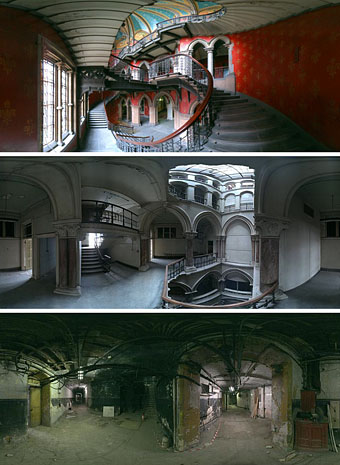A number of people have asked this question, perhaps inevitably. Aside from liking the sound of the word and enjoying obscure words in general, there’s some vague justification in applying the term to an online journal. The 11th edition of the Encyclopaedia Britannica has this to say:
FEUILLETON (a diminutive of the Fr. feuillet, the leaf of a book), originally a kind of supplement attached to the political portion of French newspapers. Its inventor was Bertin the Elder, editor of Les Débuts. It was not usually printed on a separate sheet, but merely separated from the political part of the newspaper by a line, and printed in smaller type. In French newspapers it consists chiefly of non-political news and gossip, literature and art criticism, a chronicle of the fashions, and epigrams, charades and other literary trifles; and its general characteristics are lightness, grace and sparkle. The feuilleton in its French sense has never been adopted by English newspapers, though in various modern journals (in the United States especially) the sort of matter represented by it is now included. But the term itself has come into English use to indicate the instalment of a serial story printed in one part of a newspaper.
Continue reading “Why “Feuilleton”?”



